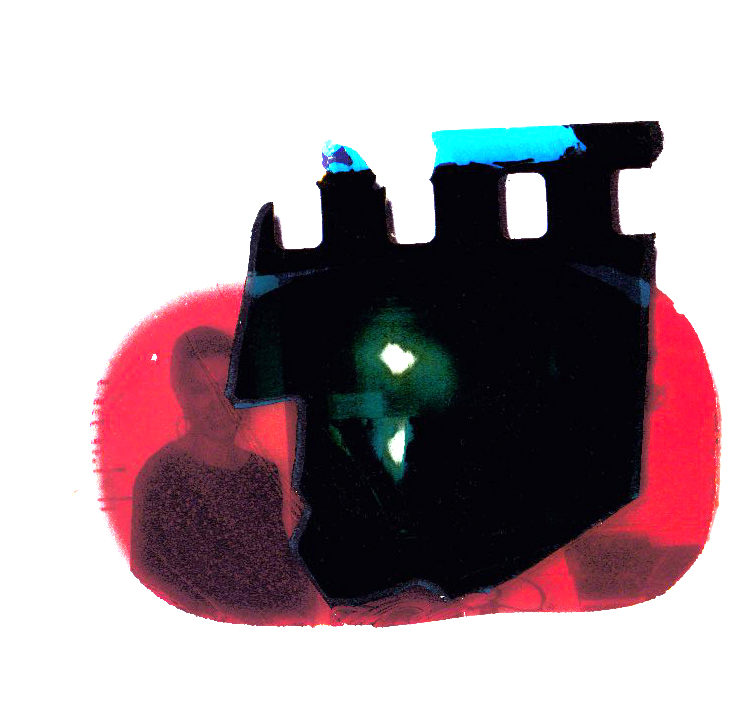Herstory, my story
The onset of the AIDS epidemic in the 1980s and early ’90s, before the advent of treatment in 1996, was an era burnt with pain and grief. It is hard to remember how new and frightening HIV was in those early days, especially now that we have successful treatment and are supposedly ‘living well’ with it. Sometimes it is hard to remember that HIV is even a virus. HIV has become more an identity than a health condition. Prior to Covid-19, there had been no other single infectious disease that had caught the imagination of the world – harmful in terms of the stigma but incredibly creative when you think that a generation dared to imagine into being a better future and then acted to make it happen.
Storytelling has been a mainstay of AIDS activism, countering negative and stigmatising narratives and centering personal experience in an arena where public health and medicalised discourses dominate. For women living with HIV, the feminist principle that the personal is political has framed our storytelling. Without our voices, women’s experiences and priorities would have gone unnoticed, subsumed by the needs and attention of gay men. In the UK, homophobia and transphobia allowed a public health emergency to go ignored and, to add salt to the wound, demonised a generation of young people. Women suffered from HIV’s label as a ‘gay plague’ and today we continue to live in the shadow of gay men’s collective trauma, their history, their needs. Homophobic attitudes to AIDS should have proved to us all, that the oppression and vilification of any one group of people, will impact on everyone.

So, here I am. Thirty odd years after my diagnosis in 1990. There is a collective will to remember how the AIDS epidemic started and how far we have come as a movement and as individual people living with HIV. There is a rush to tell our stories and in the bun fight a patchwork of gendered and competing narratives emerge from those who survived. Women who died may have been memoralised by a patch on a quilt, somewhere in a dusty archive, but you rarely see photos of them in today’s AIDS memorials.
All women count and all our stories matter. I can only start with mine.
